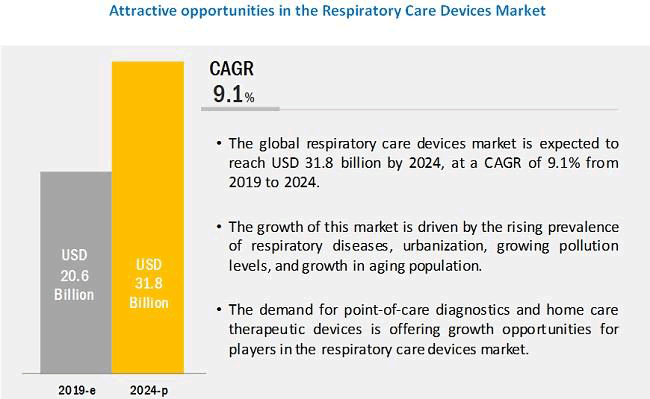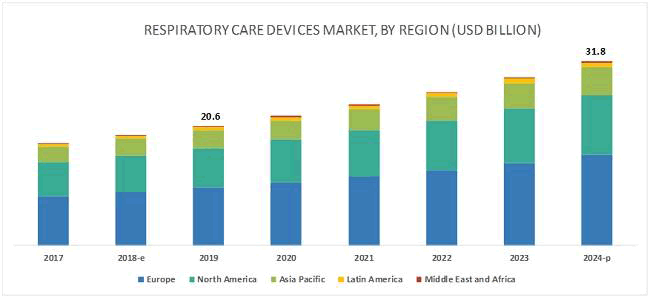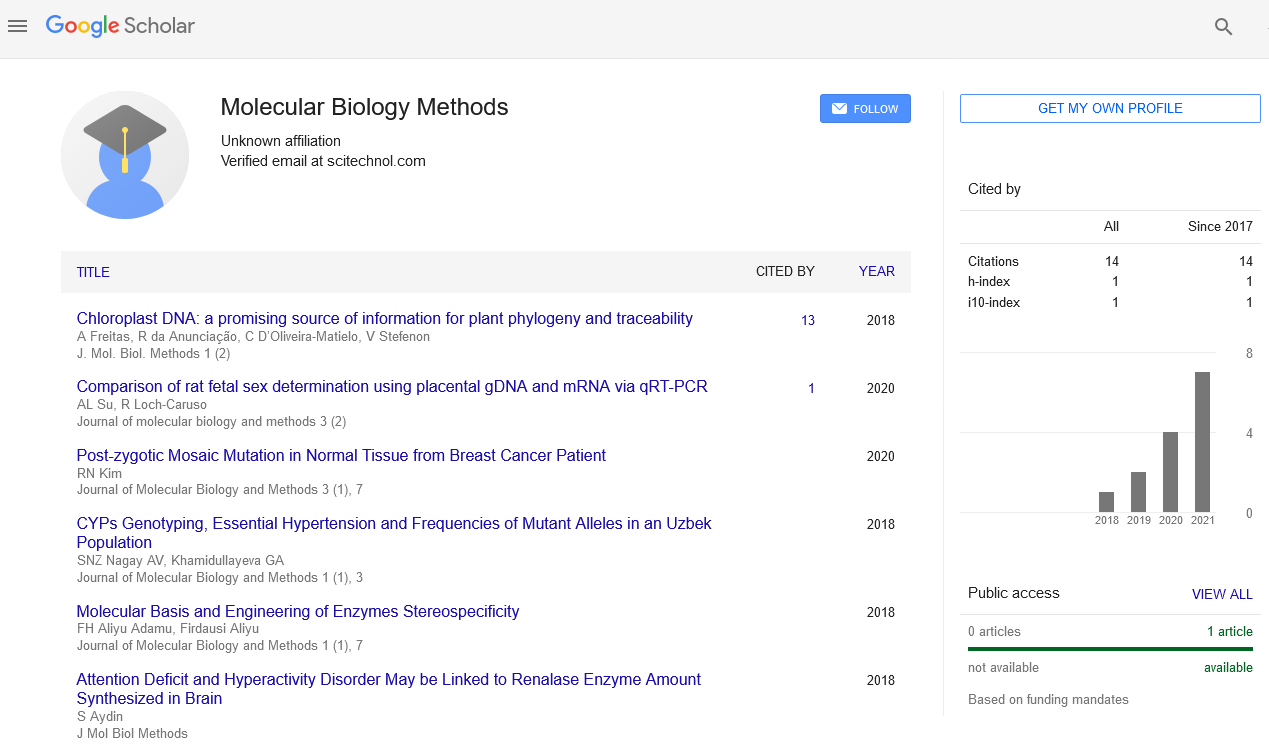Awards 2020, J Mol Biol Methods Vol: 2 Issue: 1
Market Analysis for the Respirology, Lung & Chest 2020
ROSKAMS JANE
Professor of Developmental neuroscience, Canada, The University of Brotish Columbia, E-mail: roskams@zoology.ubc.ca
The respiratory care devices market is projected to reach USD 31.8 billion by 2024 from USD 20.6 billion in 2019, at a CAGR of 9.1%. Rising demand for enhanced portable and compact respiratory care devices, key players focusing on expanding their geographical reach, rising demand for multimodal ventilation, and the rising adoption of non-invasive ventilation are the key trends in market.

The therapeutic devices segment is to dominate the respiratory care devices market in 2019.”
On the basis of product, the market is segmented into therapeutic devices, monitoring devices, diagnostic devices, and consumables & accessories. In 2019, the therapeutic devices segment accounted for the largest share of the market. The large share of this segment is attributed to the rising incidence of chronic diseases and the growing geriatric population. The respiratory care therapeutic devices market is further categorized into positive airway pressure (PAP) devices, ventilators, nebulizers, humidifiers, oxygen concentrators, inhalers, reusable resuscitators, nitric oxide delivery units, and oxygen hoods. In 2018, the PAP devices segment accounted for the largest share of the respiratory care therapeutic devices market. The large share of this segment is attributed to the increasing incidence of obstructed sleep apnea across the globe and the availability of reimbursement coverage for PAP devices and related supplies in developed countries, such as the US and other parts of Europe.
“By end user, the hospital segment is estimated to account for the largest share of this market in 2019; however, the home care settings segment is estimated to witness the highest growth during the forecast period.”
Based on end user, the respiratory care devices market is segmented into three major end user segments—hospitals, home care settings, and ambulatory care centers. In 2019, hospitals accounted for the largest market share of the market, mainly because of their financial capabilities, which allow them to purchase high-priced instruments and the availability of trained professionals to operate these instruments have ensured the high share of hospitals in this market. Home care settings are expected to witness the highest growth during the forecast period, mainly due to the development of compact and lightweight respiratory care devices that are easier to carry and operate.

North America is expected to hold the largest share of this market in 2019.
The dominant share of this region can be attributed to the strong presence of a large number of major manufacturers of respiratory care devices, rising geriatric population, high prevalence of smoking and respiratory diseases, and the presence of a highly developed healthcare system. Moreover, the presence of advanced healthcare infrastructure and high healthcare expenditure in North America is also expected to drive the growth of the market in this region.
-
International Conference on Genetic Mutations and Disorders
November 23-24, 2020 Miami, United States of America
 Spanish
Spanish  Chinese
Chinese  Russian
Russian  German
German  French
French  Japanese
Japanese  Portuguese
Portuguese  Hindi
Hindi 